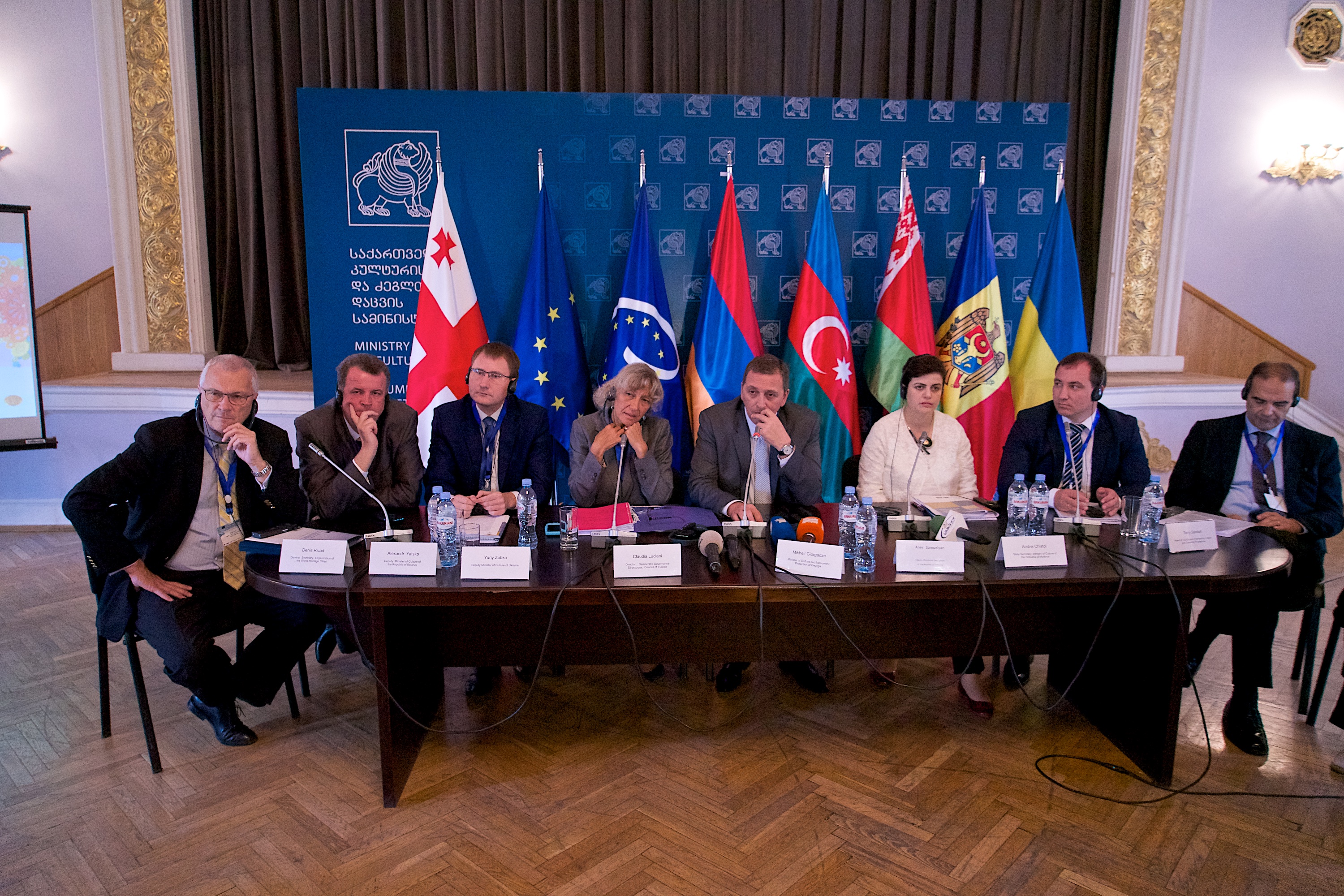
Developing Moldova’s Concert Hall Infrastructure
Moldova has a rich history of classical music, with a list of composers including Ștefan Neaga, Eugen Doga, Zlata Tkach, Eugen Coca and others. The Moldova National Opera and Ballet is one of the leading opera houses in Eastern Europe. It has nurtured talented international artists like Maria Bieșu, Patricia Kopatchinskaja, Valentina Nafornița, Ilian Gârneț, Alexandra Conunova, Elena Sergeyevna Millar.
Moldova’s Martisor music festival each March in Chisinau currently attracts a national audience of around 12,000 people, but not many international tourists, while elsewhere other small cities have developed larger cultural events like the Lucerne Festival, which attracts 110,000 visitors annually and the Salzburg Festival, which attracts 250,000 visitors annually.
Moldova is unable presently to develop its own prestigious classical music event like the ”Salzburg Festival” in Chisinau because the capital city lacks a sufficiently-developed infrastructure of concert halls that meet the requirements of the 21st century.
The three main challenges facing the development of concert halls in order that they meet international standards for performing classical music institutions and ensembles, especially non-state funded ensembles that do not have their own venue are:
1. The shortage of concert halls with adequate acoustics and modern facilities that meet current international standards
2. Improving the ambition, management skills, and vision of concert hall directors
3. Investing concert halls’ profits into the development of artists and spaces i.e to develop restaurants, renovation, etc.
Holding an international classical music festival in Chisinau would be an opportunity to develop Moldova into a player on the map of world cultural events and could attract around 8,000-15,000 tourists annually. This compares with a total of 11,000 international tourist arrivals in 2014 and 4.2 billion Lei in tourism-related revenue. Therefore one annual event could potentially double the country’s tourism revenue.
As the national capital Chisinau has a population of over 700,000 people and the greatest, concentration of economic and social activities, and consequently its cultural activities includes the nation’s most important concert halls.
Currently Chisinau has four main concert halls: the Organ Hall, the Opera House, the National Palace and the Chisinau Philharmonic. This limited number of venues means that classical music performers use alternative venues because the four current concert halls have set repertoires and therefore are in constant use. This means they charge high rental costs to external or visiting ensembles and orchestras. Therefore classical music artists use the halls of national theatres museums, hotels or restaurants for classical music concerts.
In comparison the regional city of Cluj-Napoca in Romania has a population of 320,000 inhabitants (half of Chisinau’s population) and yet has five concert halls: The Philharmonic Hall (Auditorium Maximum); the Romanian Opera House; the Hungarian Opera House; the Culture House Hall and the Conservatory Hall with a total capacity of 4,000 seats.
This infrastructure means Moldova is currently unable to develop important cultural international events in the world of classical music, such as the George Enescu International Festival in Bucharest, which has become a true cultural brand for Romania, and brings approximately 20,000 tourists to Bucharest each season. The Festival uses the five main concert halls in Bucharest. The Romanian Athenaeum, Conservatory Auditorium Hall, National Radio Hall and Opera House are venues with very good acoustics and can accommodate over 80 classical musicians each. The total audience capacity of the all five halls is around 8,500 people.
The main problem for Chisinau hosting a similar event is the poor acoustic quality of these four venues.
The Chisinau Philharmonic – was originally designed in 1940 to be a circus, and a little later became a concert hall. The building is architecturally in a poor state and needs around 1 million euro according to the Philharmonic’s own latest analysis for exterior and interior renovation, including the concert halls. The total capacity of the large and small philharmonic halls is 1,050 people.
The Opera House – opened in 1957 and like most concert halls of the soviet period it is characterized by poor acoustic projection. It has not been renovated since 1957, for almost 60 years. Despite this, the hall rental cost is expensive at €3,000 an hour. Compare this with the Chisinau Philharmonic, which rents out its hall at €400 per hour albeit with a smaller capacity of 400 people. In order to make profit the Opera House needs to sell tickets at commercial price, of around €20 per ticket, while at the Philharmonic the average price of a ticket is €2.50.
The Organ Hall – was built at the end of 19th century as a bank, and later was used for concerts. It is the only institution with an organ and, according to Moldovan and international conductors and musicians has the best acoustics in the country. Unfortunately the hall can only host maximum 45 musicians and hold 640 people in the audience. An average-sized orchestra is composed of around 70 musicians. An orchestra of 50 musicians can perform a symphonic concert with no vocals from the classical period such as by Haydn and Mozart. In order to perform Beethoven, Brahms or Mahler an orchestra needs 65 to 110 musicians. On the positive side the institution is undergoing a major reconstruction project costing over €1 million.
The National Palace – was opened in 1974 and designed for Communist Party committee sessions. It was later was adapted for various performing ensembles and became the biggest hall in Moldova. Unfortunately its acoustics are inadequate for classical orchestral performances, and require additional rental costs for sound amplification systems on top of the auditorium rent. The hall’s rent is also expensive at €3,000 per hour. The total capacity of the big hall is 1,700 people.




